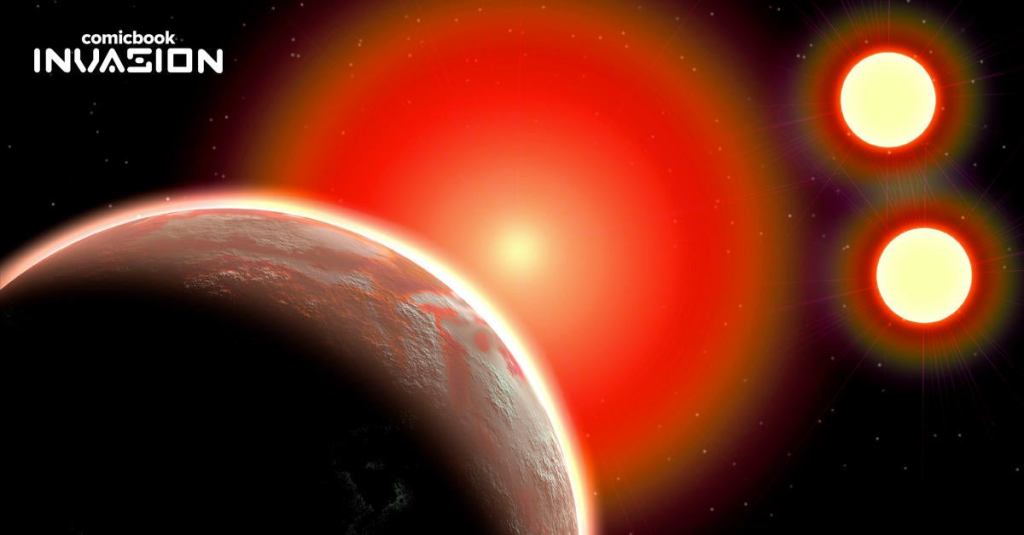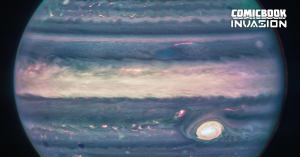Many astronomers and scientists are looking to the stars for further exploration in hopes of eventually spreading mankind across the cosmos. Serial entrepreneur Elon Musk has been vocal in getting his private company SpaceX to Mars before anyone else and now, researchers have discovered two new “Super Earths” that could potentially harbor life.
Videos by ComicBook.com
In a statement released by the University of Birmingham on Wednesday, scientists at the university discovered the pair of rocky planets orbiting a small, cool star researchers have named LP 890-9. Also named SPECULOOS-2, the star happens to be the second-coolest star on record, a significant plus for those hoping planets that sustain life.
One of the planets, LP 890-9b, completes an orbit around its star in just 2.7 days according to data obtained by NASA’s Transiting Exoplanet Survey Satellite (TESS).
“TESS searches for exoplanets using the transit method, by monitoring the brightness of thousands of stars simultaneously, looking for slight dimmings that might be caused by planets passing in front of their stars,” Laetitia Delrez, a postdoctoral researcher at the University of Liège and the lead author of the article, explained in the statement. “However, a follow-up with ground-based telescopes is often necessary to confirm the planetary nature of the detected candidates and to refine the measurements of their sizes and orbital properties.”
The second planet, LP 890-9c, has an orbit of roughly 8.4 days and is about 40-percent larger than Earth. Whatever the case, both planets happen to be in the “habitable zone” of LP 890-9.
“The habitable zone is a concept under which a planet with similar geological and atmospheric conditions as Earth, would have a surface temperature allowing water to remain liquid for billions of years” added Amaury Triaud, a professor of Exoplanetology at University Birmingham and the leader of the SPECULOOS working group that scheduled the observations leading to the discovery of the second planet. “This gives us a license to observe more and find out whether the planet has an atmosphere, and if so, to study its content and assess its habitability.”





